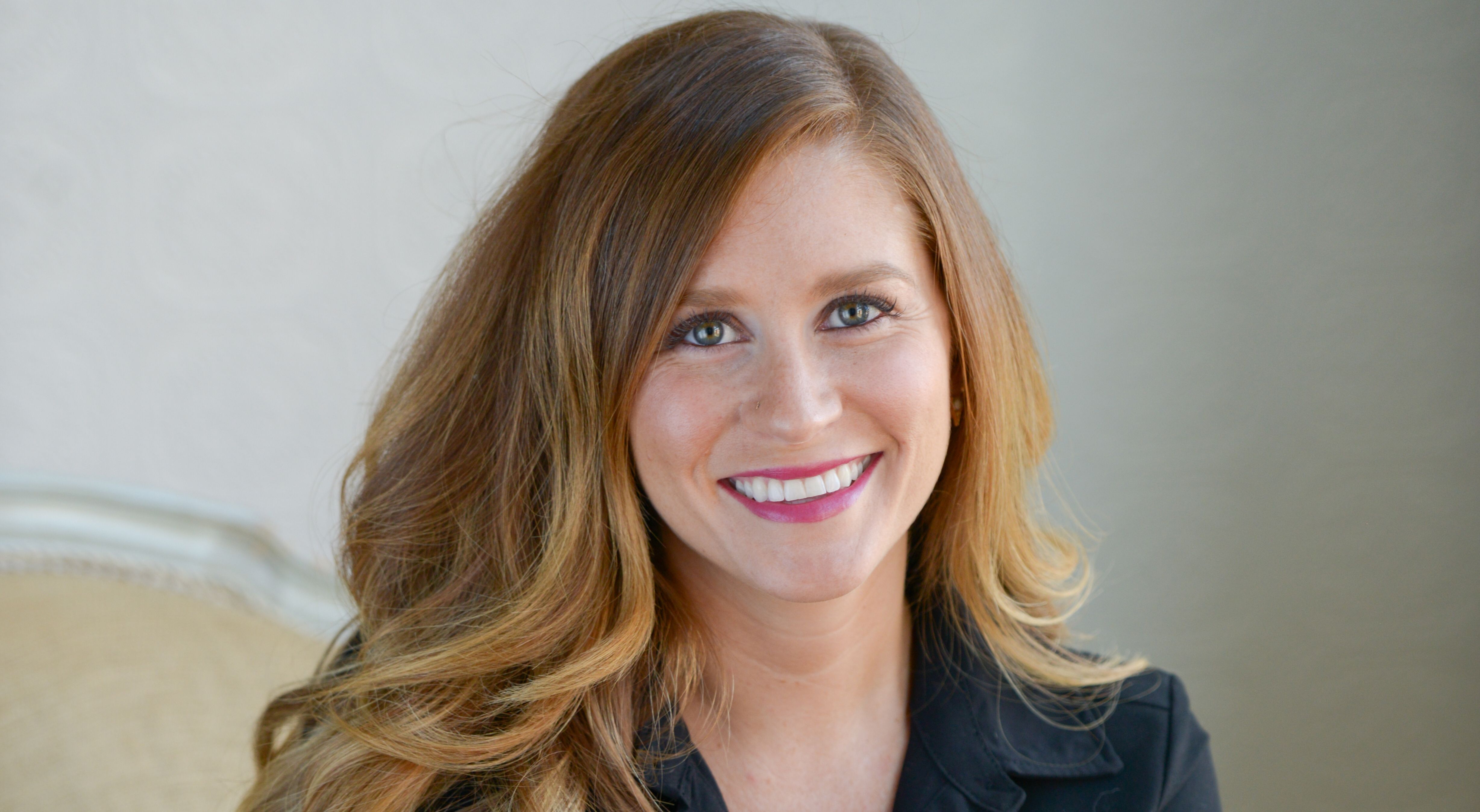Article
Despite Laws Limiting Minors, Indoor Tanning Salons Not 100 Compliant
Author(s):
Nearly a third of tanning salons surveyed were not compliant with their state laws.
Meghan Rothschild learned the dangers of indoor tannin and now speaks out about its consequences. - Photo courtesy of Meghan Rothschild

Meghan Rothschild learned the dangers of indoor tanning and now speaks out about its consequences. - Photo courtesy of Meghan Rothschild
Meghan Rothschild knows the dangers of indoor tanning. She began frequent trips to tanning salons when she was 17 to mask her light complexion, which she was often ridiculed for.
But the bronze glow she once loved became her worst nightmare. At 20 years old, she was diagnosed with stage 2 malignant melanoma — three years after she began hitting the tanning booth.
Since then, Rothschild has used her voice as a melanoma survivor to keep teenagers out of tanning beds. And, more than 40 states and the District of Columbia agree with her. State lawmakers created legislation that limits the use of indoor tanning devices for people under 18.
However, a new study published in the Journal of the American Medical Association discovered not all tanning salons are obeying the law. In fact, 37.2 percent of the salons surveyed overall were noncompliant with state legislation.
“I’m appalled, but not surprised by these findings,” Rothschild, marketing and public relations manager of IMPACT Melanoma, said in an interview with CURE. “This is a challenging restriction to enforce. I’m sure salons are worried about their bottom lines. I wish owners would understand that they are literally giving young people cancer and that they need to follow the regulations.”
Researchers conducted telephone surveys of 427 tanning salons in 42 states and Washington D.C. Ten salons — only seven were found in Hawaii — were randomly selected from each location with tanning laws for minors.
The surveys were conducted between February 2015 and April 2016 by investigators posing as minors attempting to schedule a tanning appointment. They followed a script stating that they wanted a tan before leaving for an upcoming family vacation. Investigators then asked about cost and if a parent needed to be present.
Overall, 159 of the 427 tanning salons were out of compliance, and most of them were in rural locations and southern regions of the United States. Additionally, this was more common in independently owned salons, in states with younger age groups being regulated and in states with more than one tanning regulation.
“Because rural, southern and independently owned U.S. tanning salons were less compliant with state legislation, further targeted assessment of compliance with the law and public education may be necessary,” stated the authors.
The most common reason for a salon being labeled noncompliant noted by the researchers was for allowing tanning without parental consent at the banned age (32.1 percent). Other reasons for noncompliance included: allowing tanning without the required parental consent or accompaniment (27.7 percent); allowing written parental consent only when parental accompaniment was required (19.5 percent); banning tanning at the allowed age (11.3 percent); allowing parental accompaniment at the banned age (5 percent); allowing tanning without asking the minor’s age (3.1 percent); and allowing tanning at the banned age (1.3 percent).
Three states, Illinois, New Hampshire and Oregon, had 100 percent compliance. However, these states also have tanning bans for anyone under 18. Alabama had the worst compliance at zero percent, per the study authors.
“Reach out to local representatives and senators to express your concern and voice your opinion,” said Rothschild. “We must put pressure on lawmakers to enforce these restrictions and implement consequences if they are not followed.”
Deb Girard, executive director of IMPACT Melanoma, shared the sentiment.
"Tanning bed use, especially by young people needs to be dealt with through legislation and probably most importantly through education. Everyone needs to know the facts about the deadly danger of tanning and specifically tanning bed use. Melanoma continues to be the second most common cancer in young women," she said.
The use of indoor tanning beds is associated with an increased risk for skin cancer, including melanoma, which is the deadliest form on the disease. Both the sun and indoor tanning beds expose people to ultraviolet (UV) radiation. UV rays can lead to sunburns, and even ones experienced in childhood can increase a person’s melanoma risk later in life, according to the National Cancer Institute (NCI).
In addition, the NCI reports that women who use tanning beds more than once a month are 55 percent more likely to develop melanoma. Indoor tanning is also associated with premature skin aging, immune suppression and eye damage including ocular melanoma, according to the American Academy of Dermatology.
The federal government has yet to issue a national ruling on the use of indoor tanning.
The researchers in this study recommend the need for more education and better law enforcement regarding state legislation.
“Parents should also be better educated on the harmful effects of UV radiation because parental influence is one of the main factors leading to underage tanning,” the authors wrote.
Rothschild said that part of her job in talking with teenagers is to teach them to “love the skin they’re in.”
“We talk about finding alternatives to tanning, like sprays or makeup,” she said. “We share facts and the fact that melanoma is the second most common cancer for young people ages 15 to 29. This is a young person’s cancer.”




